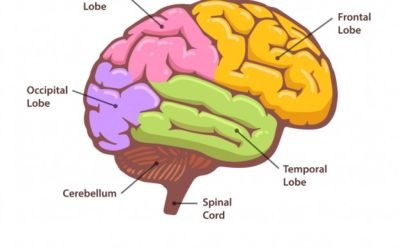Dementia Articles
Types of Dementia: Frontotemporal Dementia

March 5, 2020 | Understanding Dementia
What is Frontotemporal Dementia?
Degeneration of the frontal lobe and temporal lobe of the brain. These areas of the brain control language, behavior, and emotion. Frontotemporal dementia has previously been referred to as Pick's disease. There are different forms/sub-types of the disease. One type is behavioral variant frontotemporal dementia. In this type, individuals struggle with interpersonal skills, understanding others emotions, and impulsive behavior due to lack of judgement. A second type of frontotemporal dementia is primary progressive aphasia. This type features difficulty with language including comprehension and difficulty picking out the right word to use when speaking with others. Non-fluent primary progressive aphasia causes an individual to speak in a much more labored way which can become very difficult to understand. A less common subtype of frontotemporal dementia includes motor neuron disease. Symptoms of this sub-type include tremors,muscle spasms, and coordination problems.
What causes it?
Frontal and temporal lobes of the brain shrinking due to loss of nerve cells. The cause of this is unknown, but about one third of frontotemporal dementia cases are inherited.
How is it diagnosed?
Doctors may notice changes in behavior, trouble with language, and muscle weakening. In order to provide a diagnosis, doctors may use brain scans, neurological exams, and a review of an individual's medical and family history.
How is it treated?
There is no treatment for frontotemporal dementia. However, symptoms of this dementia can be treated by medications.
Learn More
University of California San Francisco
Share this spotlight
Return to the listing of dementia articles.
